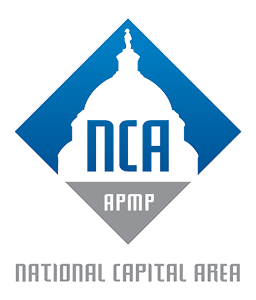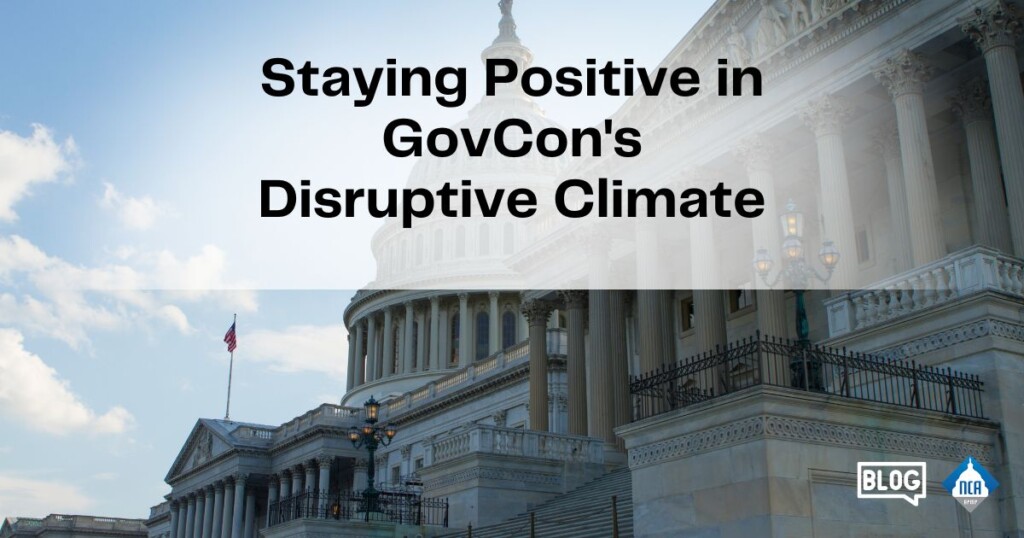Managing process in proposal development needs to be flexible. It has to adapt to fit the size each deal’s individual submission parameters (page limits, number of volumes); to fit the timeline for the response (5, 20, or 45 days); to work within the culture of the organization (hierarchical vs. agile); and to accommodate the size of an organization (large, multi-people teams, small one-or two-person operations).
Some things are essential. These are the non-negotiable elements of your process that – if they occur – are leading indicators of a successful proposal submission; however if one (or more) are skipped, the likelihood of successful submission is significantly lower. We have all seen the 30-, 90-, or 150-step processes for proposal development. Each step in these processes was developed and instituted to serve a business purpose. However, the emphasis with which we implement these steps are not equal. Take a look at your proposal process and determine the critical elements that are the greatest drivers of success in your operation. Because clients and their needs differ, your proposals differ as well. A process provides guidelines for successful development, but it should allow adaptability.
Once you’ve defined your essential elements, you need to be flexible with all the other elements. If you are too rigid with your proposal process and try to manage every single one in the same manner, you’ll find success for only one category of deals while likely wholly over-complicating some and under-managing others. It’s a little like those old-fashioned expandable playpens.

Consider the spokes and screws that hold the playpen together. Without them, the playpen cannot perform its basic function – to stand up and form a continuous ring to keep people (or pets) in or – keep them out. So for example, if you need to put your child down for 5 minutes while you go grab the hose, you can do with a smaller expansion. However, if you are going to put out your dogs to play all afternoon in the yard while you do the weeding, you will likely need it to be expanded to include their water, toys, and blanket to curl up on.
When it comes to a proposal process, while every step serves a purpose at its core, there are only six elements that I think are essential and that I insist on: a kickoff session; a compliance matrix; regular stand-ups; red review; executive signoff; and submittal by the deadline. Of course, the many other steps in the process are there for a purpose and should be followed. But you can’t give every step the same degree of importance. These six elements are the ones I find to be the most critical steps that are leading indicators of success. If we do them fully, the proposals we submit are more successful than on bids where we skip one or several of these steps.
A key to the non-negotiable items is that they have to be driven by the objective and outcome – not the task itself. It is not the holding of the stand-up meeting that is critical – it is the information the team shares about obstacles that need to be resolved that is essential. It’s not scheduling and having a red team meeting that is a leading indicator of success, it’s the recommendations and items identified for needed follow-up actions in recovery that will improve the proposal that makes this key milestone essential.
What are the Keys to the Process in your proposal development process that are your leading indicators for a successful proposal? Define those, ensure you hold those firm and true, and let the rest adapt as the situation warrants, just like those expandable playpens.




